10 veneer door care tips
Veneered doors - This is a product made of natural wood material. It consists of a wooden frame and a coating of MDF, which is veneered. The final coating usually use high quality water repellent varnish. Due to the lower cost of construction in comparison with products from solid array such doors are widely used and widely used. In addition, the weight of a veneered door is significantly less than a solid wood door. Thus, a longer operation of the door canopies is achieved.
What is veneer?
A veneer is a thin section of natural wood with a thickness of 0.10 to 2.00 mm. A variety of materials, including more than 80 shades and textures, can satisfy the tastes of any customer. 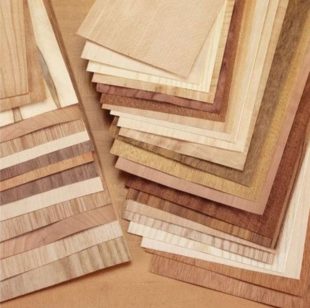 Veneers are made from well-known types of wood, such as birch, oak, alder, walnut, pine, maple, or valuable and exotic species - amaranth, olive, wenge, beech, etc. Now veneers are made from almost all types of trees.
Veneers are made from well-known types of wood, such as birch, oak, alder, walnut, pine, maple, or valuable and exotic species - amaranth, olive, wenge, beech, etc. Now veneers are made from almost all types of trees.
The dried veneer is subjected to special treatment with a stain to diversify the color scheme of the patterns and surface structure. Stain consists of a special composition for painting wood products. It differs from ordinary paint with a softer penetration into the structure of the material and optical properties. At the same time, it preserves the natural qualities and appearance of wood. It contains antiseptics and fungicides that prevent the manifestation of mold, fungus and insect damage. Fire-retardant properties of wood give flame retardants.
General care recommendations
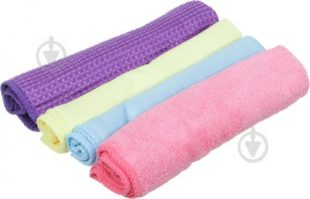 The well-known rule of perfect cleanliness is to maintain it. Do not wash the door daily. It is enough to wipe the surface once a week with a damp soft sponge, microfiber or a soft cloth using ordinary water. Napkins for caring for upholstered furniture or wooden products are also suitable. In no case do not use abrasive materials or powders - they may leave scratches.
The well-known rule of perfect cleanliness is to maintain it. Do not wash the door daily. It is enough to wipe the surface once a week with a damp soft sponge, microfiber or a soft cloth using ordinary water. Napkins for caring for upholstered furniture or wooden products are also suitable. In no case do not use abrasive materials or powders - they may leave scratches.
Periodically (1 time per month) follows wipe the structure with wax polisheswhich form a protective film of the web after processing. This will not only improve the aesthetic appearance, eliminate the ingress of dust into microcracks (polish has a dirt-repellent property), but also hide small scratches and prevent further growth, filling them with wax.
Not recommended install veneered doors in direct sunlight. Natural veneer, even coated on top with a high-quality waterproof varnish, tends to fade in the sun and lose its natural or stained color. In such places it’s better to install eco-veneered doorwhich practically does not give in to burning out.
What remedies are contraindicated for veneered doors
If you do not want to observe peeling varnish on the veneer door just a day after cleaning, do not use for care:
- Acetone.
- Any solvents.
- Bleach.
- Alcohol-containing products.
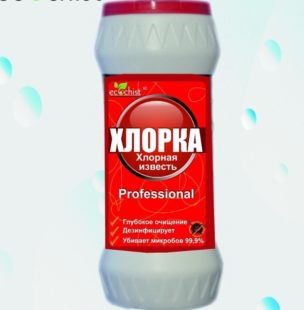 From one touch, the appearance of the entire product will be ruined.A drop of solvent will leave coarse funnels, drips, scuffs or scratches that are striking in the eye and thereby spoil the entire interior. Chlorine and alcohol-containing substances will leave white spots on the surface. It is almost impossible to erase these marks.
From one touch, the appearance of the entire product will be ruined.A drop of solvent will leave coarse funnels, drips, scuffs or scratches that are striking in the eye and thereby spoil the entire interior. Chlorine and alcohol-containing substances will leave white spots on the surface. It is almost impossible to erase these marks.
Humidity response
Do not expose the door prolonged contact with water. Care should also be taken when washing floors to avoid excessive ingress of water or detergents on the lower sash and duct. After wet cleaning, immediately wipe off any remaining water with a dry cloth. Eco-veneer tolerates frequent wet cleaning using any kind of detergent.
Deformable products from veneer and with constant exposure to elevated temperatures. This suggests that heating or heating appliances should be installed at least a meter from the door.
Grease removal
Correct and timely care will help extend the life of veneered doors. Therefore, try to remove the formed traces of oily hands or other marks in the form of spots in time. If you find stale fat, do not panic over the inability to use chemicals that are dangerous for this type of coating. Just wipe the mark with your own cooked a solution of ordinary laundry soap and water in a ratio of 1:10.
Help may come and potatoes. With raw tuber, cut in half, gently rub the contaminated area. After complete drying, the starch formed can easily be removed with a dry cloth and will not leave any traces of itself, removing small pieces of dirt.
Features of veneer care
Light veneer has recently become quite widespread. This is due not only to the fact that light-colored products perfectly fit into the interior, but also to simplicity and ease in everyday care. Why? The surface of such a coating visually hides microcracks and dust. But this does not mean that you should not look after such a door at all. It must also be thoroughly wiped with a damp cloth.
 But for pollution removalthat have become outdated, such homemade polish recipe: Take three teaspoons of granulated wax, after melting, mix with 150 ml of soybean oil. Stir the mixture until smooth. The polish is ready to use! Apply a small amount of this product to the contaminated area and gently rub until clean. Such manipulations can add shine to a dull varnish, and wipe off greasy stains around the door handle.
But for pollution removalthat have become outdated, such homemade polish recipe: Take three teaspoons of granulated wax, after melting, mix with 150 ml of soybean oil. Stir the mixture until smooth. The polish is ready to use! Apply a small amount of this product to the contaminated area and gently rub until clean. Such manipulations can add shine to a dull varnish, and wipe off greasy stains around the door handle.
Features of dark veneer care
In contrast to the widespread belief that dark surfaces are less prone to contamination, operating practices show the opposite. Moreover, oily stains are clearly visible on a dark surface. But this does not matter. 4 teaspoons of soybean oil, 1 teaspoon of turpentine, 1 teaspoon of lanolin, 1/2 teaspoon of wax granules (previously melted) - homemade polish recipe for dark veneer door. Thoroughly mixed ingredients should be rubbed with a soft cloth into greasy places. More diligently required to process the existing mortise panels.
How to hide scratches?
An excellent solution for masking minor scratches or chips, is the invention wax pencil. The main thing is to choose the right color option for your product. A small piece of the pencil should be warmed in the hand to a soft state, knead it with your fingers and rub the crumb into the scratched place, allow the wax to dry and wipe off the excess with a dry rag.
But, keep in mind that overuse of wax pencil fraught with consequences. If it is necessary to re-varnish the product, a problem will arise: paints and varnishes very poorly adhere to wax.
Door Hardware Care
Do not forget to monitor the quality of fittings that ensure the comfort of your family. Clean the hinges once every six months from dust, adjust the height if necessary. To prevent door canopies from failing ahead of time, it is better to immediately put in stops that will ensure compliance with the intended opening angle.
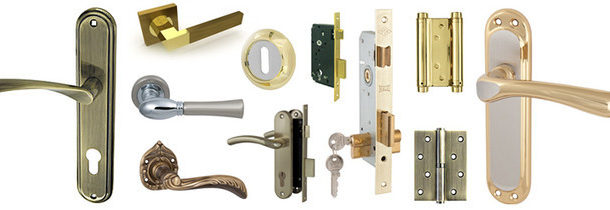 Door knob - This is a place of accumulation of a huge number of pathogenic bacteria and microbes. This is the part you need wipe with alcohol or other antiseptics, disinfecting and removing greasy prints. Only this must be done carefully, preventing the product from getting on the door leaf of varnished veneer. Loosened handles should be tightened up on time. Otherwise, they wear out very quickly and cannot be repaired.
Door knob - This is a place of accumulation of a huge number of pathogenic bacteria and microbes. This is the part you need wipe with alcohol or other antiseptics, disinfecting and removing greasy prints. Only this must be done carefully, preventing the product from getting on the door leaf of varnished veneer. Loosened handles should be tightened up on time. Otherwise, they wear out very quickly and cannot be repaired.
Rules for tinting
In the event of an incident such as chipping varnish or physical effects on the coating with solvents, the situation can be corrected. with varnish. If the damage is small, aerosol varnish paint over all microcracks and thereby prevent moisture from entering the veneer, which means it will protect the coating from deformation.
In the case of a deep mark on the surface, the door will have to be removed from the hinges, laid on a flat surface and fill the existing recess with varnish using a pipette. The size of the released droplet depends on the size of the defective plane. Lacquer is better use only colorless. Precisely guessing the color scheme is difficult even for colorists, so it’s better not to risk using colored varnishes. In any case, no matter what color your door is painted, the color itself is stored in veneer, but in no case in varnish.
To re-paint the veneered door, you need to remove the canvas from the canopies, prepare the surface for painting, eliminating all defects. Staining the entire area is best done with a roller, but not with a brush, otherwise the stripes will be visible. Brush can be used only on the ends of the product.
Depending on the need, coloring can be done in several layers, only on condition that the previous layer is completely dry. This may take from 2 hours to 2 days, depending on the properties and composition of the coloring material.
The procedure for applying the next layer it is also required to produce in different directions in order to avoid the appearance on the surface of stains and gaps after drying. For example, the first layer is vertical, the second is horizontal. When updating the varnish coating, the main thing is not to overdo it - the applied product should be a thin layer.
Bonding
In cases of operation of a veneered door in conditions of high humidity, flooding of the room, as well as installation in places with sharp changes in temperature, or as a result of improper manufacture, often occurs bloating veneer. But this trouble can also be eliminated independently. The main thing is to choose the right finish option applicable to this surface. There are differences in this case.
- If the veneered door has unpainted surface, remove the air bubble on it as easy as shelling pears. It is desirable to remove the canvas from the awnings, especially if the swelling area is large. Moisten a wet rag in plain water, wring it out and put on the bulge for 10-15 minutes. The veneer, having absorbed moisture, will become softer. Next, it is necessary to iron a protruding surface by pressing with a hot iron. A wet veneer, pressed down by a hot iron, will independently take the correct shape.
When ironing, use gasket between veneer and ironso as not to burn the product to be saved. It can serve as ordinary cotton non-colored rags. Sorry, ironing cannot be applied to doors from eco-veneer, the surface of which is covered with a polypropylene film. - If your veneered door is varnished Using a hot iron is strictly prohibited.In this case, the gluing method will correct the situation. The initial stage of wetting the veneer with a wet pressed rag for 10-15 minutes is used in this case. Next, we add PVA glue under the veneer with a medical syringe. The swollen area filled with glue must immediately be pressed with a load for 1-2 days.
Bonding is perfectly applicable for both natural and artificial veneers.
Top 7 veneer door care products
You can purchase specialized products that will greatly simplify the maintenance of veneered doors. Pretty good modern veneer door care products available for sale:
- Wax polish WAX POLISH AEROSOL.
- Aerosol Pronto Anti-dust and anti-allergen.
- Furniture polish Mebelux with wax.
- Furniture polish with Toto wax.
- Furniture polish Carnauba wax Domo.
- Wax pencil restorer VARATHANE WOOD CARE just for decoration.
- Wax stick ZWEIHORN.
- Barwa Furniture Cream Cleaner.
With the right care, veneered doors will last you decades. Timely service will ensure the strength and reliability of the product, preserve a flawless appearance, and a careful attitude will give the joy of long years of service.


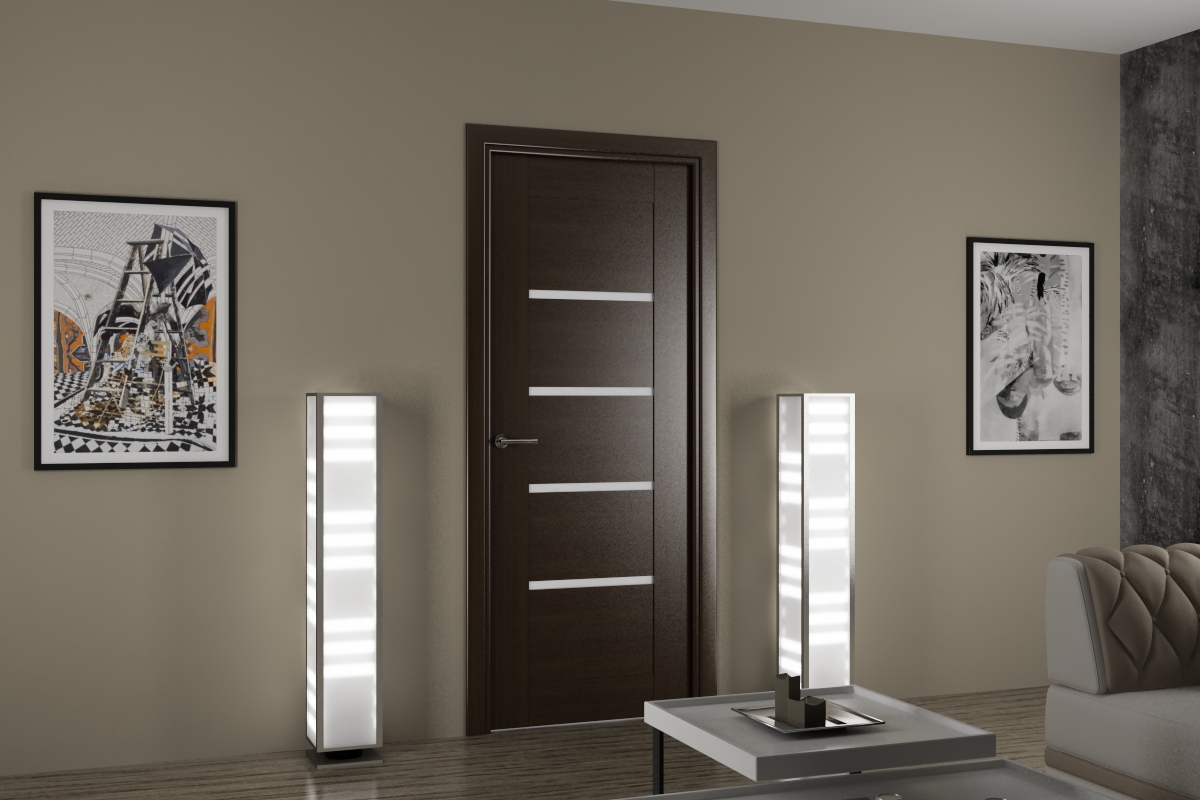

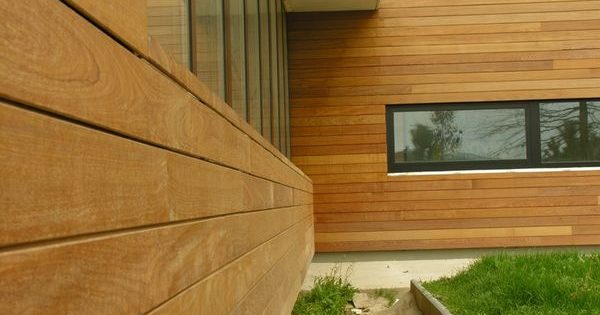
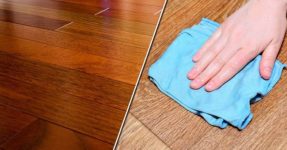
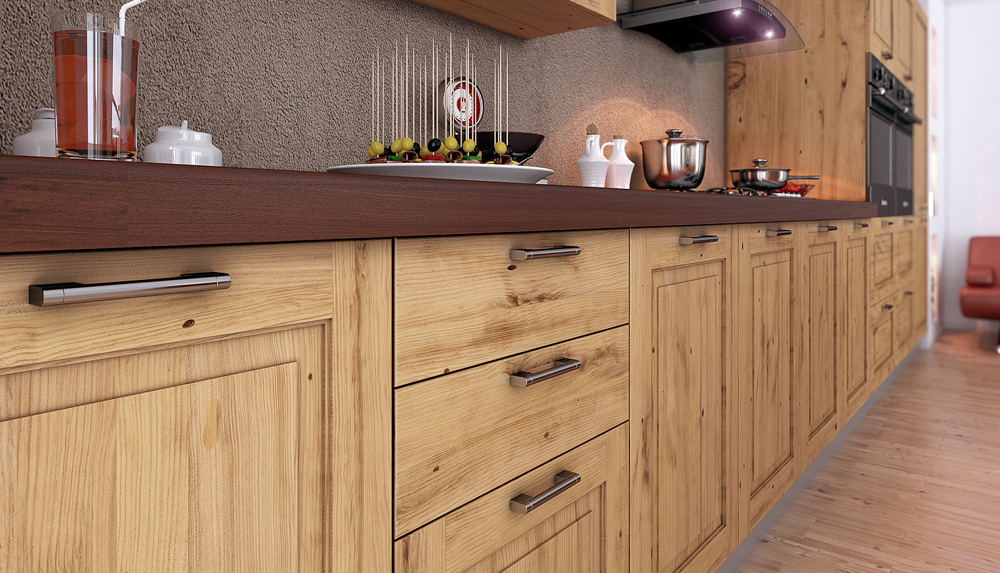
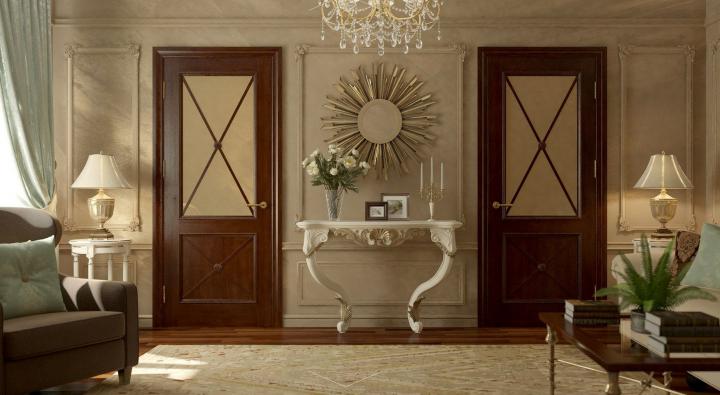
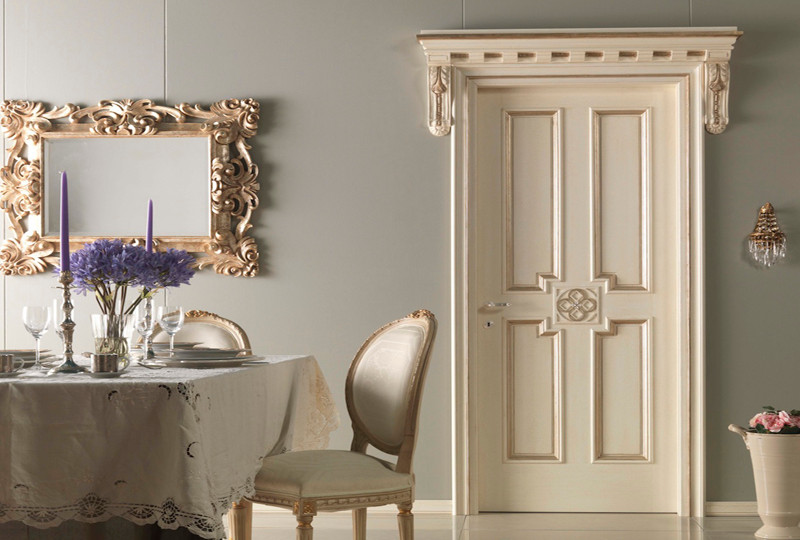
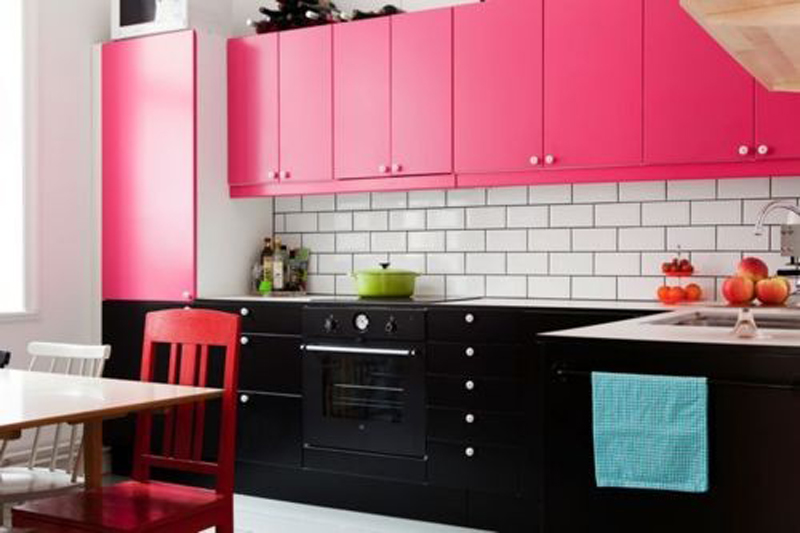
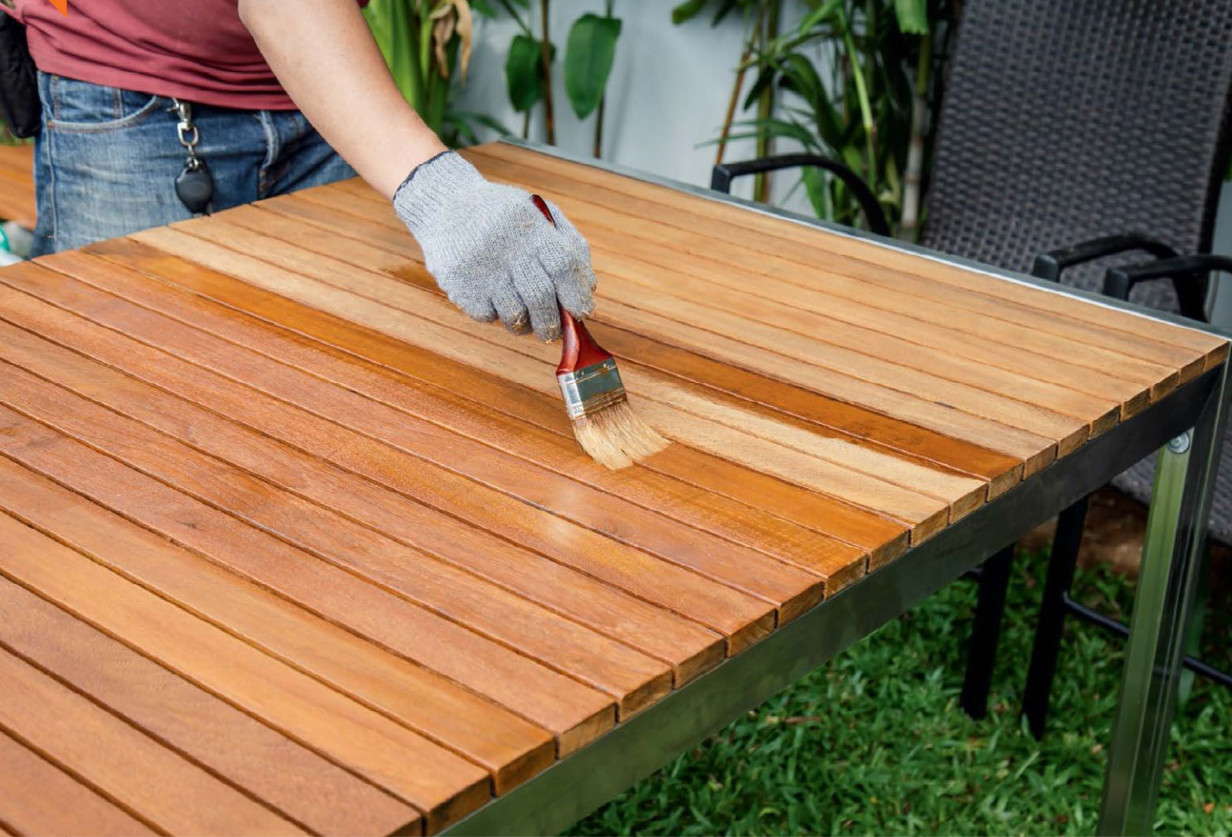
Thanks for the helpful tips. soon we’ll just move with the family to a new building and we will need to deal with the design of new housing, and these doors look very impressive.